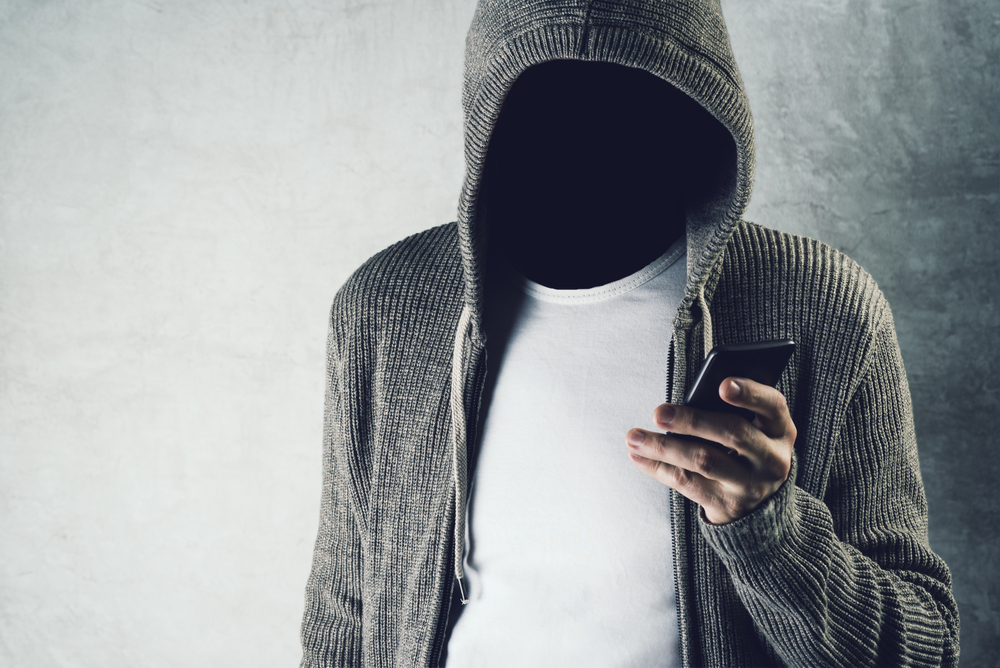There is nothing more troublesome than having one’s mobile device getting stolen. Luckily, it is becoming increasingly easy to discover who has stolen your smartphone these days. A new method unveiled by researchers at the Ben-Gurion University in Israel claim they can track down the thief in 14 seconds. The researchers rely on a new technique based on a sequences of gesture. Quite an intriguing development, that much is certain.
Finding The Person Who Stole Your Smartphone in 14 Seconds
This research is quite impressive, to say the least. By analyzing information of twenty different users over a course of two weeks, researchers developed a model that identifies unauthorized device usage in as little as 14 seconds. In fact, it takes the researchers less than 35 screen interactions to determine whether the user is the original device owner or not. Interestingly enough, on average most smartphone users touch a smartphone screen 35 times in 13.8 seconds.
All of the required information is extracted from the smartphone’s built-in sensors. This allows researchers to identify the frequency, pressure, and speed of touch exerted by the person holding the device at any given time. No two people use the same device in the same manner, as every human has their own habits and behavioral patterns. It is virtually impossible to mimic the rightful owner’s behavioral pattern.
Moreover, this new method will also compute thirty-seconds of recent history. This allows the researchers to identify which screen a user touched, what buttons were used, and how much of the battery was consumed in the process. All of this data combined lead to unique individual user patterns, which make it easy to distinguish between who is using the device. It remains to be seen how this will affect a friend handling your smartphone, though.
Research indicates thieves will touch a smartphone screen far more often than 35 times within a 14-second interval. Since they are not familiar with the individual device or how the owner has set things up, there will be some erratic behavior taking place. Monitoring this input through the device’s sensors will immediately raise a red flag and alert the owner to potential unauthorized use of the device.
Contrary to popular belief, our smartphones are more than capable of learning behavioral patterns. Not just based on the apps people use, but also pressure sensitivity, the so-called “ghost palm” interactions, and much more. Analyzing all of this data allows individual devices to lock out unauthorized users attempt to steal data or do other harm to this device. It may not necessarily prevent your friends or siblings from posting things on your social media account.
For the time being, this new study is still in the research stages and far from a workable concept for everyday consumers. There is no official statement regarding commercializing applications based on these findings. As is always the case with studies like these, it can take a few more years before this security measure is implemented by smartphone manufacturers. It is definitely something to look forward to, though.
If you liked this article, follow us on Twitter @themerklenews and make sure to subscribe to our newsletter to receive the latest bitcoin, cryptocurrency, and technology news.

